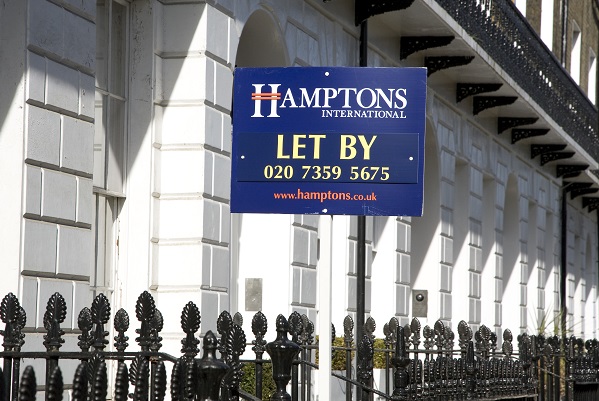The UK’s housing market faces more turbulence as Jeremy Hunt announces his Stamp Duty reforms by eliminating multiple dwellings relief.
Whilst the Treasury anticipates a revenue boost of £385 million annually by 2028-29, property experts argue that the move will stifle the construction of 13,000 to 25,000 homes, threatening 60,000 associated jobs and exacerbating the UK’s housing crisis.
Property buyers in the UK will now have to pay an increased amount of tax, with investors now having to purchase six or more units to reap the benefits of SDLT relief. David Hannah, Group Chairman of Cornerstone Tax, asserts that the UK government has generated another block to stop the property market from making a recovery.
Currently, a property buyer purchasing three apartments from a developer at £350,000 each, would have to pay £46,500. However, once MDR is abolished in June, that same investor will have to pay £77,750. Property buyers in the UK who are eager to buy six units and pay the 5% rate of SDLT, will in effect have to pay £47,250 each which is less than the £77,750 they were being asked for, only slightly more than the £46,500 that they would have paid for under MDR. In reality, had the price been £400,000 each, the six units would have been cheaper than MDR.
The chart below shows the benefit that can be obtained by applying the rule of six on multiple purchases, as well as how the effect increases dramatically as the average price per dwelling increases.
As a result of this, purchasers of multiple units will either have to increase their minimum purchase quantity to six or, conceivably team up with other multiple purchasers into buying groups.
This will enable them to buy six units collectively and to ensure that they receive the benefits of the non-residential rate and pay no surcharges whatsoever. The consequences of the abolishment of MDR, is that the Chancellor has, therefore, restored a historical injustice in Stamp Duty Land Tax. The UK’s Treasury and HMRC may well not see an increase in tax take but in fact a decrease, once these perfectly valid commercial arrangements become mainstream.
David Hannah said, “Multiple Dwellings Relief was first implemented as means to incentivise bulk purchases and provided developers with a suitable avenue for delivering low-cost homes. At a time when demand for affordable housing has skyrocketed, the government should look to create fresh incentives for developers, instead of abolishing old ones.
“The decision by the Chancellor to increase the tax that developers are forced to pay from 1-2% to 5% will have a seismic shift across Britain’s construction sector, leading to project abandonment and further increases to asking prices as supply continues to lag behind an overwhelming demand for affordable housing. Don’t be fooled, this is a stealth tax increase with a paper-thin justification laced over the top of it.
“The Chancellor could have used this opportunity to reform the private rental sector, measures including the abolition of the second home surcharge from rental sector investors and reinstating full relief on mortgage interest payments would have both reduced the costs of purchase, whilst also allowing landlords to freeze, or potentially cut, rents.”






Leave a Comment